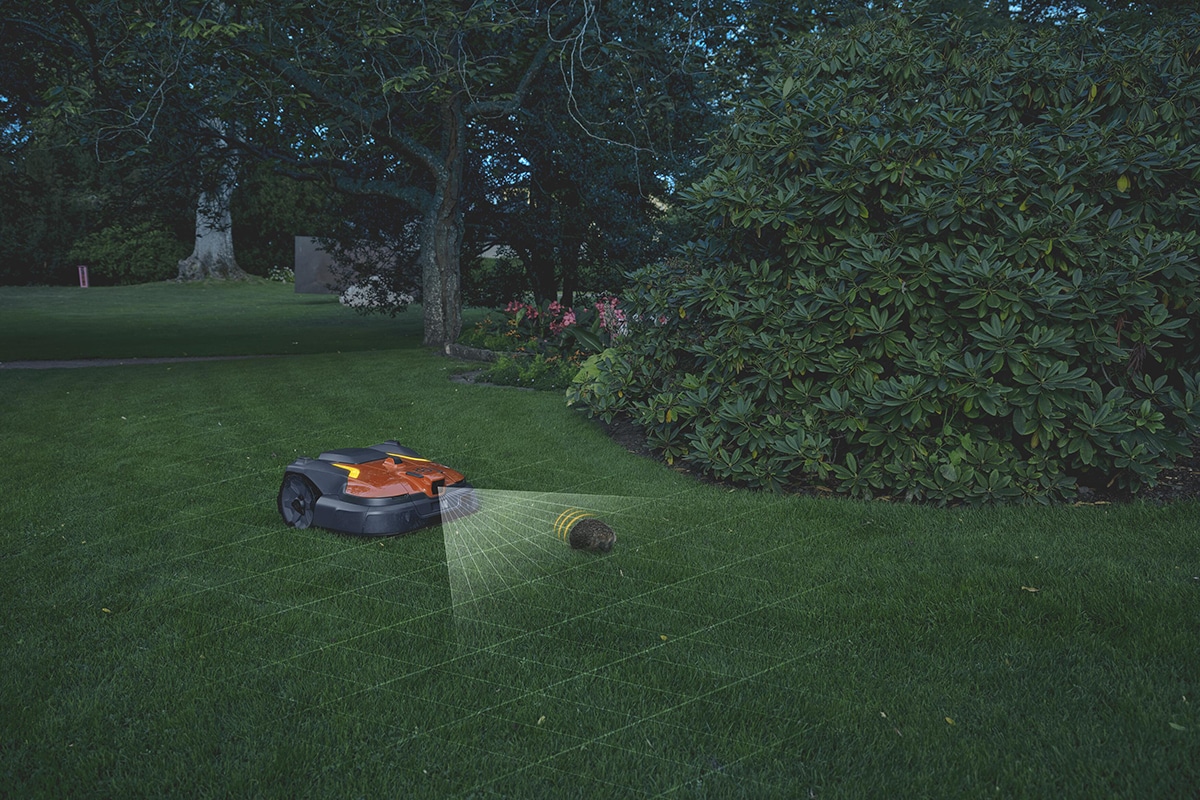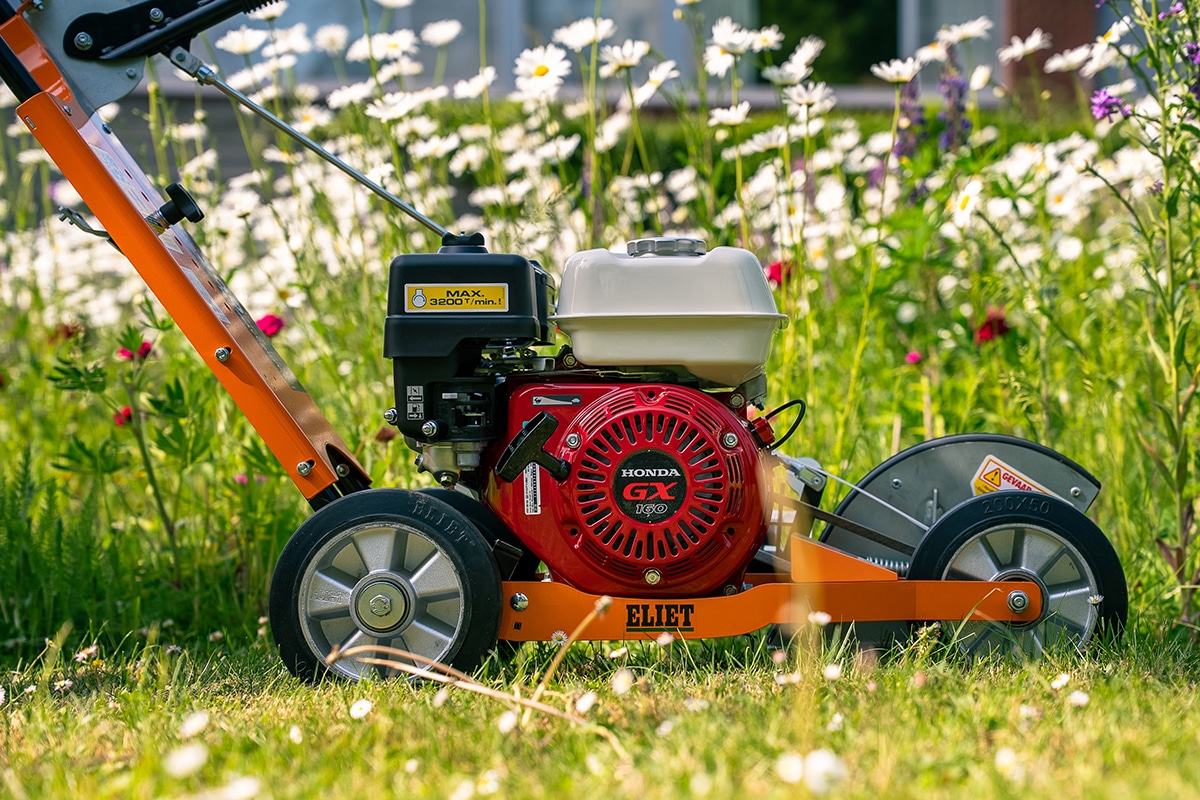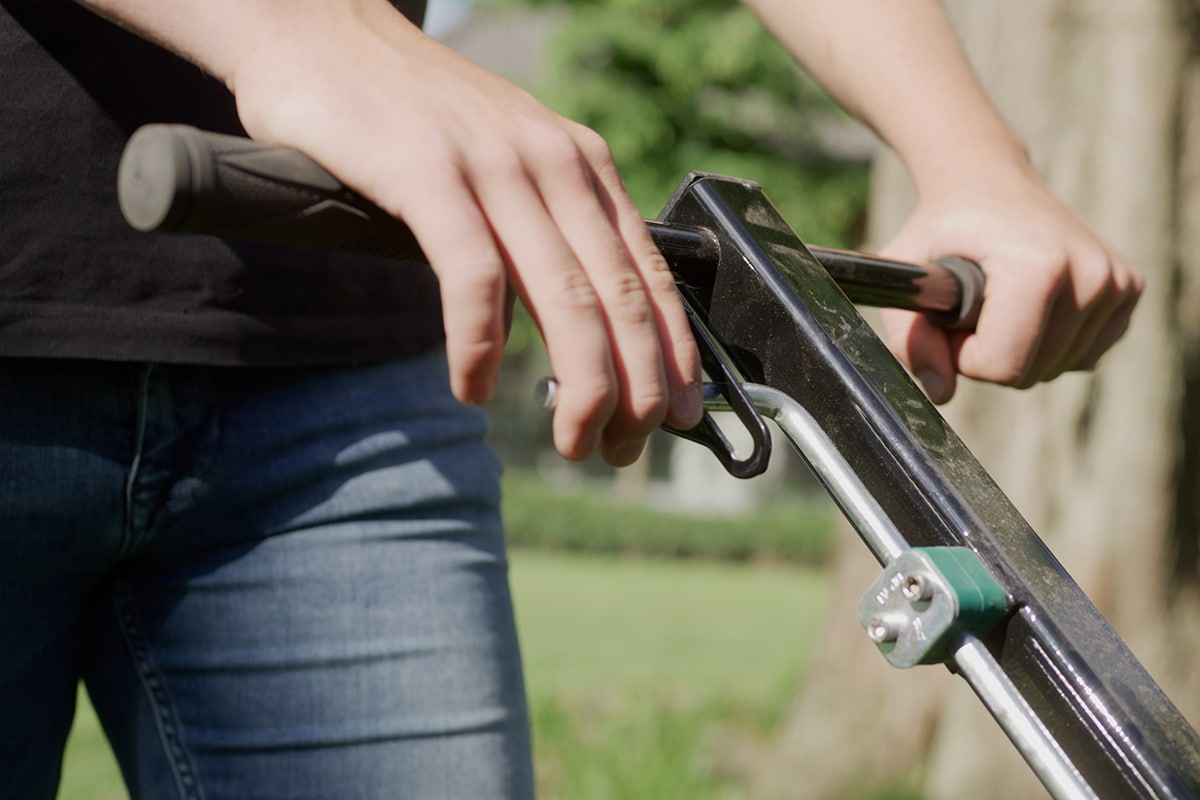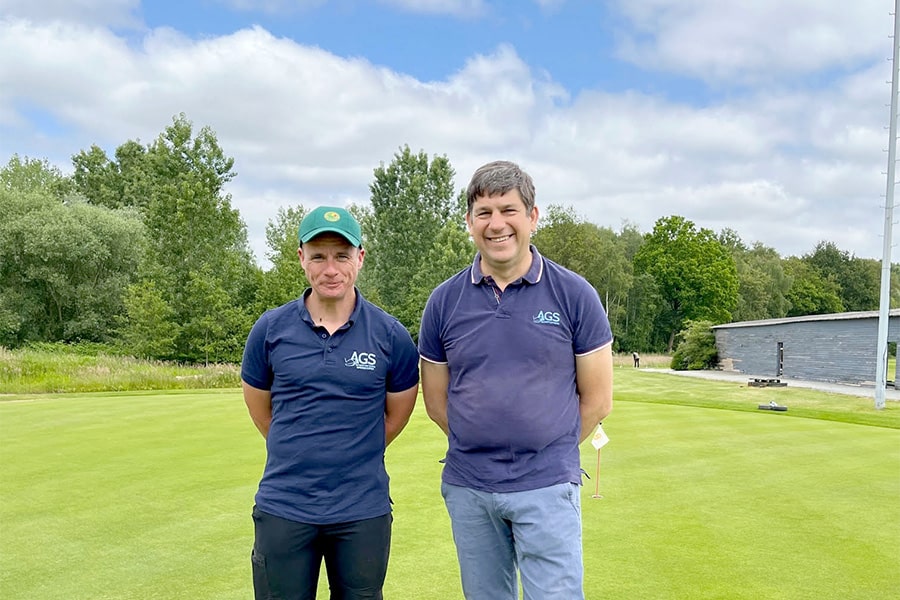
Small infrastructure, intensive maintenance
Antwerp Golf School's (AGS) sustainable choices.
Antwerp Golf School is the odd man out. Established as a purebred golf school, the club focuses purposely on the beginning golfer and the associated practice facilities. With only six small par-3 holes and a driving range - albeit extensive - AGS' infrastructure is therefore on the modest side. "That does not mean, however, that there is little maintenance," manager Kris Van Ingelgem emphasizes. "On the contrary. The footfall is higher and golfers are less experienced. That requires more intensive maintenance, and in the current context especially clear priorities."
Kris Van Ingelgem once started at AGS as a ball handler. After a minor disillusionment in higher education, he began a temporary appointment as a green keeper, which, after the necessary training in the Netherlands and Scotland, resulted in a career that has now spanned almost thirty years, including contributions as a green keeper to the Ryder Cup and the US Open, a management role in the Greenkeepers Association of Belgium (GAB) for many years and, ultimately, the complete takeover of AGS. Abandoning his role as greenkeeper completely, however, Van Ingelgem is not succeeding. "Although I found a worthy and passionate successor in Tom Van Hoomissen, I still trek the grounds with him every Monday," he admits. "I also annually draw up the nutrient program for the various zones, and I also take care of the management of the machinery and the calibration of the sprinklers. As a consultant, I also draw up nutrient and maintenance programs for other clubs, by the way."
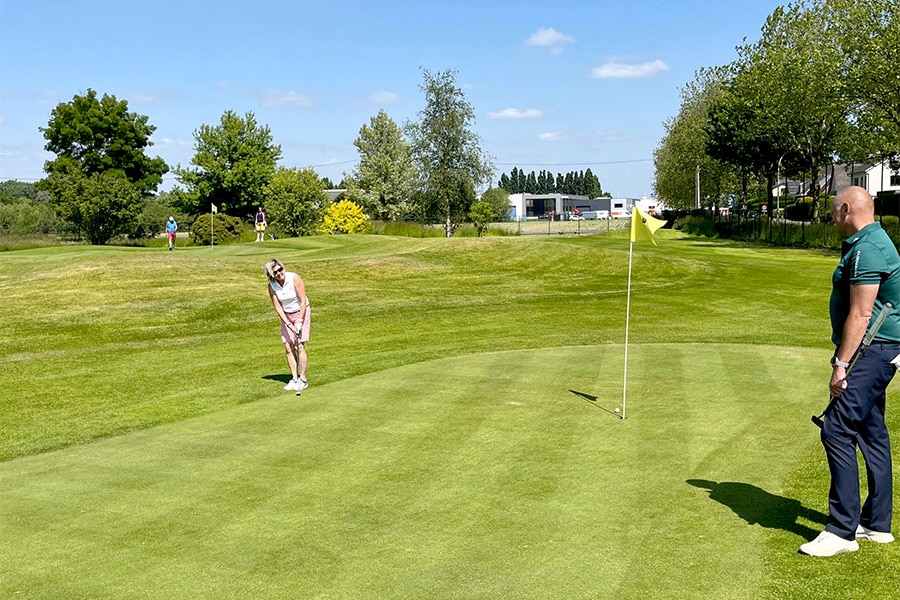
The new normal
Since his first experience in 1994, at least, Van Ingelgem saw the golf industry change considerably. "In the past, we did everything we could to make the course to our liking. Greens were mowed as short as possible and everything was green and fast. We had 20 different pesticides on our shelves, so to speak, and if one didn't work, we tried another. That created the idea that a golf course always looked spic and span, but that attitude is no longer tenable today."
"That's why we deliberately chose sustainable maintenance of our golf course several years ago. Not only because a lot of products are banned, but also because the climatic conditions are becoming more extreme and nowadays people play all year round. In other words, there is no longer a rest period in which you get the time to thoroughly repair everything and re-seed."
Back to basics
In the current context, a golf club, according to Van Ingelgem, therefore best focuses on three things: an approach from the natural basis, well thought-out priorities, and good communication. "For example, our maintenance invariably starts from a thorough soil analysis, on which a nutrient program of fertilizers, biostimulants... is then tuned. These programs provide optimal growing conditions, adapted to the soil conditions, and are targeted in such a way that they are all different even for our six greens."
"Meanwhile, there are also more and more technologies on the market that allow you to analyze the existing condition. Just think of drones or UV systems to identify irregularities, or machines that measure the resistance of the soil, indicating whether or not it is compacted. That allows for much more focused and thoughtful maintenance."
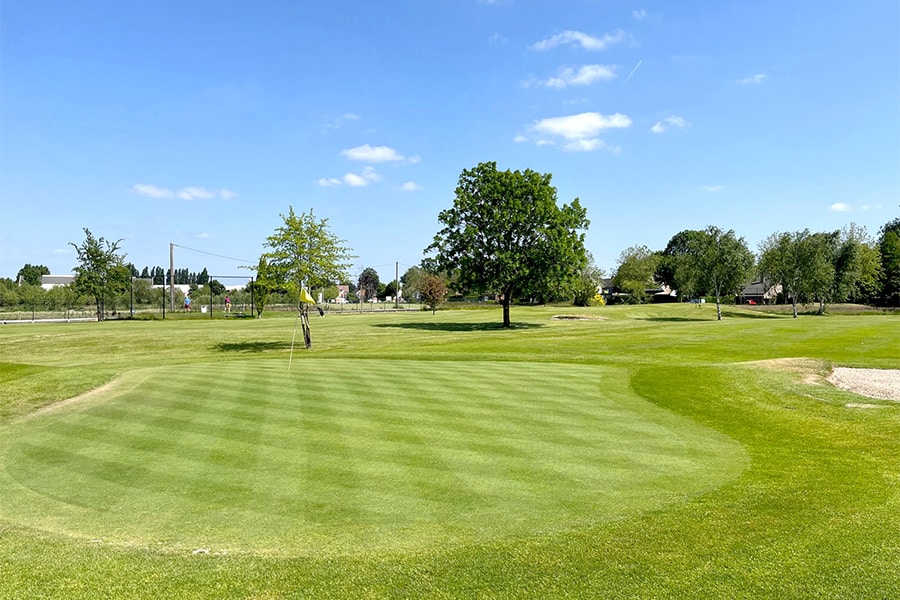
Priorities
At the same time, Van Ingelgem believes that not every zone has the same requirements. "At AGS, for example, we choose to irrigate only the greens and tees. After all, water is a scarce resource, and on the fairways and driving range, drought ultimately has very little impact on the quality of play. Moreover, in those areas we notice a natural evolution towards the most resistant grass species. In time, in other words, we are just getting a stronger turf, which recovers quickly after drought."
"The driving range, by the way, is not overseeded either," Van Ingelgem adds. "Nobody comes on here anyway, and even the daily maintenance is done with a mowing robot and two ball robots. And yet the quality remains fine. Logical, actually, because it's the power of nature."
The importance of communication
The biggest challenge today, according to Van Ingelgem, therefore, lies not so much in the technical aspect; but in adjusting expectations. "Players expect 'Augusta conditions' anytime, anywhere, so to speak. So if they come to a golf course where the fairway putt summer looks more brown than green, they are quick to make problems about that. As a club, you have to anticipate this adequately. You have to clearly inform both members and visitors about what you are doing, why you are doing it and what the consequences are on the property. That communication is really crucial in the transition to thoughtful water use and pesticide-free maintenance, among other things."
